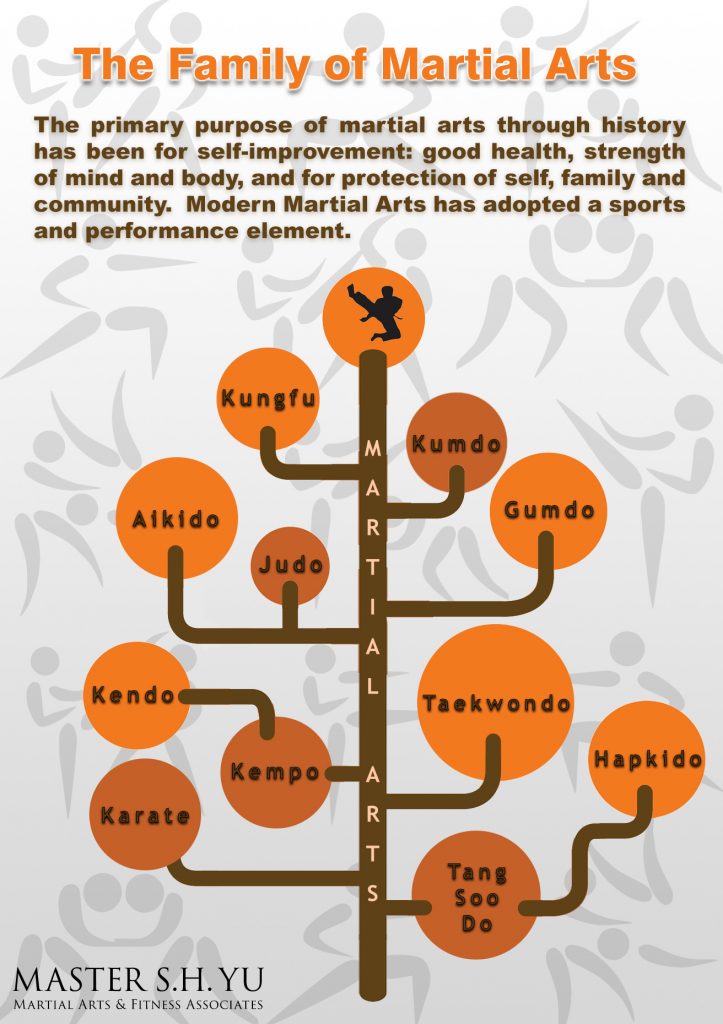Exploring The Differences Between Conventional Martial Arts And Contemporary Fight Sports
Exploring The Differences Between Conventional Martial Arts And Contemporary Fight Sports
Blog Article
premier martial arts schedule By-McGinnis Fink
When you think about martial arts, do you lean much more towards the conventional practices or the contemporary battle sports? Each course provides distinct advantages and experiences, shaped by their approaches and training techniques. Standard martial arts emphasize individual growth and self-control, while contemporary combat sporting activities concentrate on competitors and performance. Comprehending these differences can guide you in picking the best approach for your journey. But exactly how do these distinctions manifest in training and ideology?
The Viewpoint and History Behind Typical Martial arts
While many people connect martial arts with physical battle, the viewpoint and history behind conventional martial arts run much deeper. You'll find that these techniques emphasize individual development, self-control, and respect.
Stemming from martial arts or boxing , standard martial arts were often developed for Self-Defense and spiritual development. They embody principles such as balance, consistency, and self-discipline, assisting specialists beyond simple battling skills.
As you educate, you'll not just find out techniques yet additionally get insights into the culture and worths that shaped these arts. The rituals and customs, usually passed down with generations, promote a feeling of area and belonging.
The Affordable Nature of Modern Fight Sports
Modern battle sports have transformed the landscape of martial arts into an extremely affordable arena, where athletes take on in a test of skill, strategy, and endurance.
You'll observe that competitors are often arranged with stringent policies and guidelines, making certain fair play and safety. These occasions draw in large target markets, sustaining the excitement and strength of competitions.
Athletes train carefully, not just for physical expertise yet additionally for mental strength, understanding that every detail counts in the ring. The adrenaline thrill throughout competitions is palpable, as boxers press their limitations to assert victory.
Followers value the athleticism and creativity included, making modern-day combat sporting activities a thrilling spectacle that continues to evolve and captivate enthusiasts around the globe.
Training Methods and Methods: A Relative Evaluation
The affordable environment of contemporary fight sporting activities demands cutting-edge training approaches that differ considerably from traditional martial arts.
In modern-day training, you'll focus on specific strategies, competing, and conditioning, typically using drills that mimic actual fight circumstances. You'll see an emphasis on quantifiable efficiency and frequent competition to examine your abilities.
In https://www.thecoolist.com/types-of-martial-arts/ , traditional martial arts prioritize types, katas, and philosophical teachings, commonly emphasizing discipline and regard over competition.
Training is usually less intense and might include repeated technique rather than real-time sparring.
While both methods construct skill and health and fitness, modern-day combat sports give a more vibrant and versatile training environment, preparing you for prompt obstacles in the ring or cage.
Select the path that lines up with your goals and interests.
Verdict
In choosing between typical martial arts and modern battle sporting activities, it truly comes down to what you value most. If you're seeking individual development, self-control, and a sense of area, traditional arts could be your finest fit. Yet if you thrive on competitors and real-time difficulties, modern-day combat sporting activities could be the means to go. Inevitably, both paths offer unique benefits, so it's everything about aligning your training with your personal objectives and interests.
